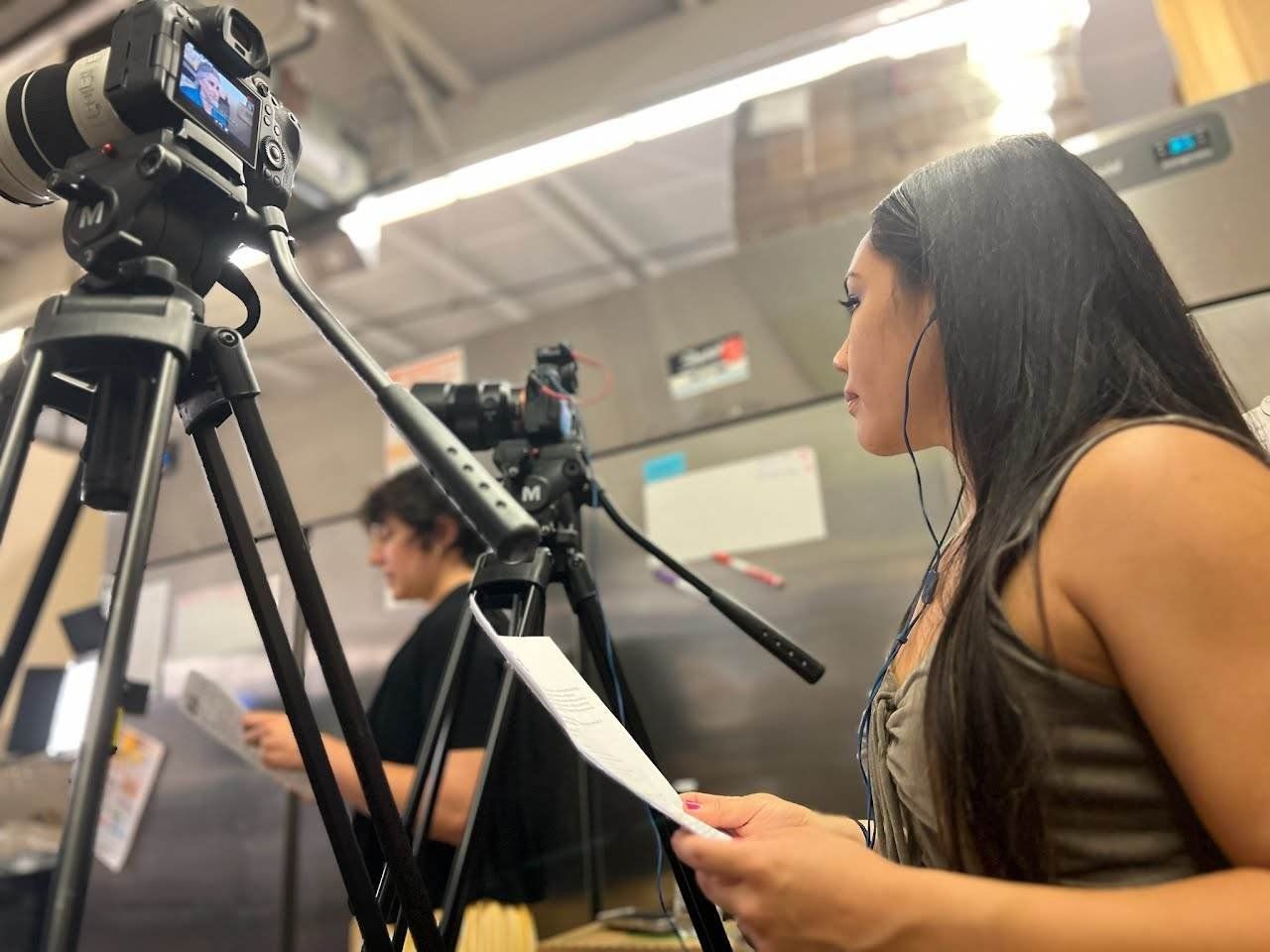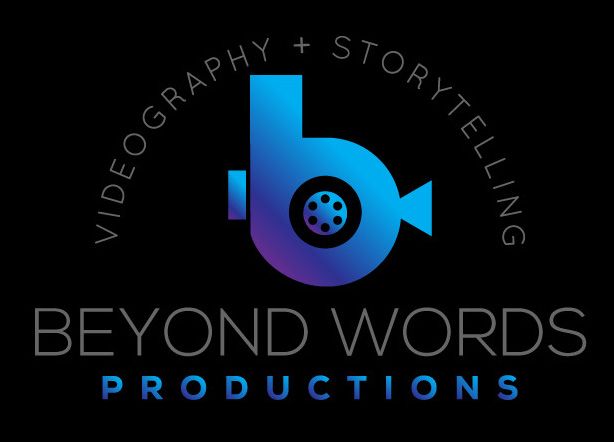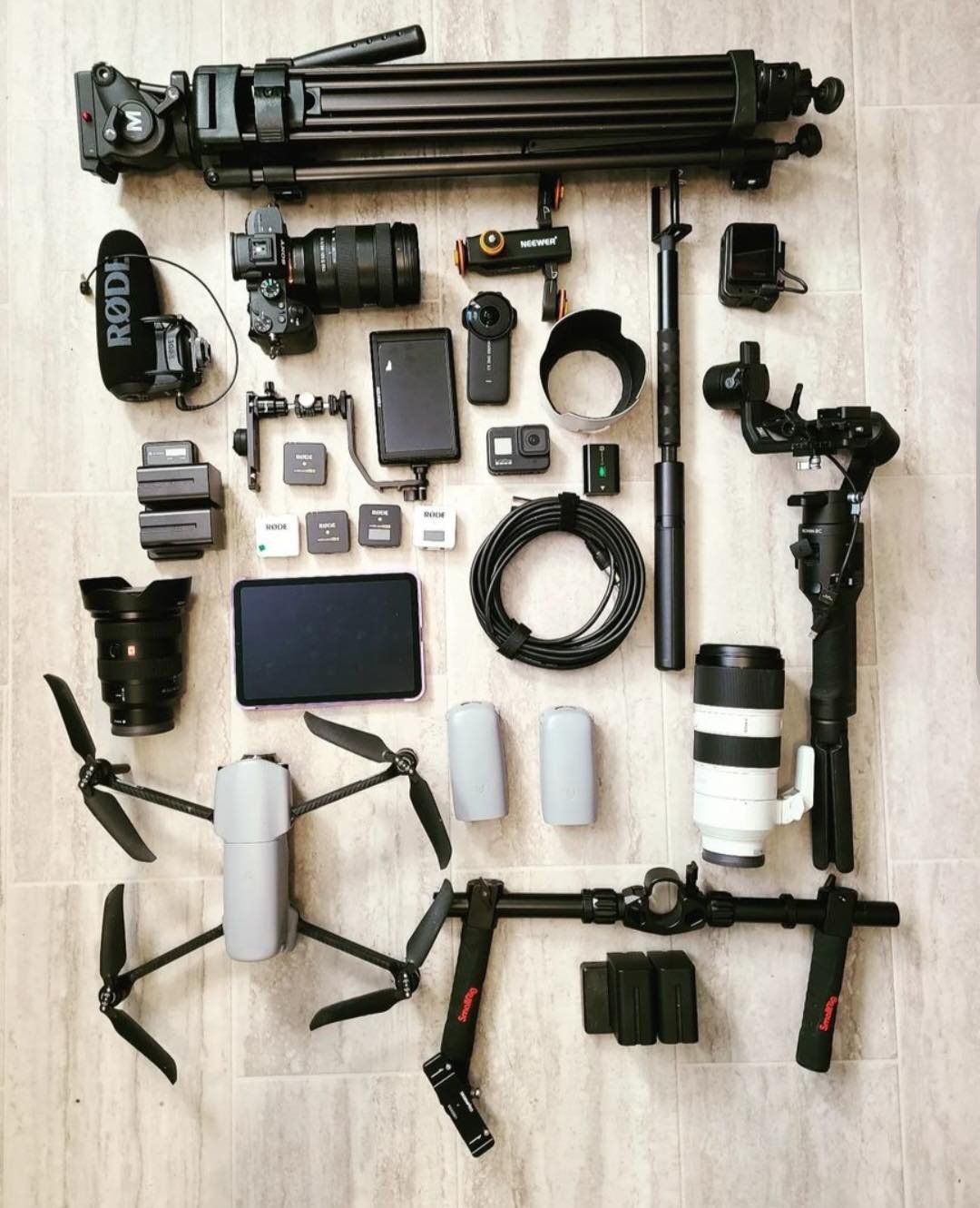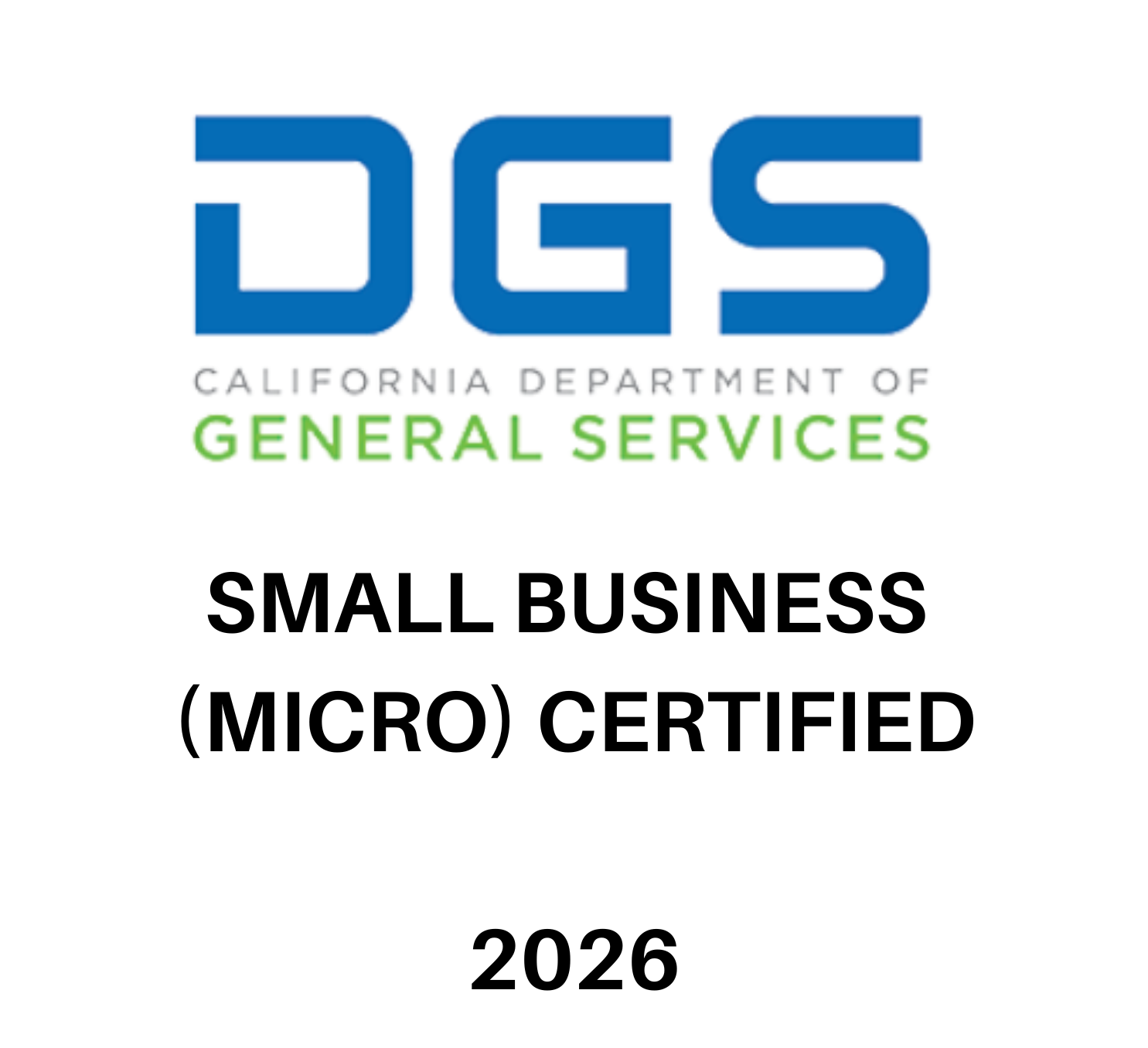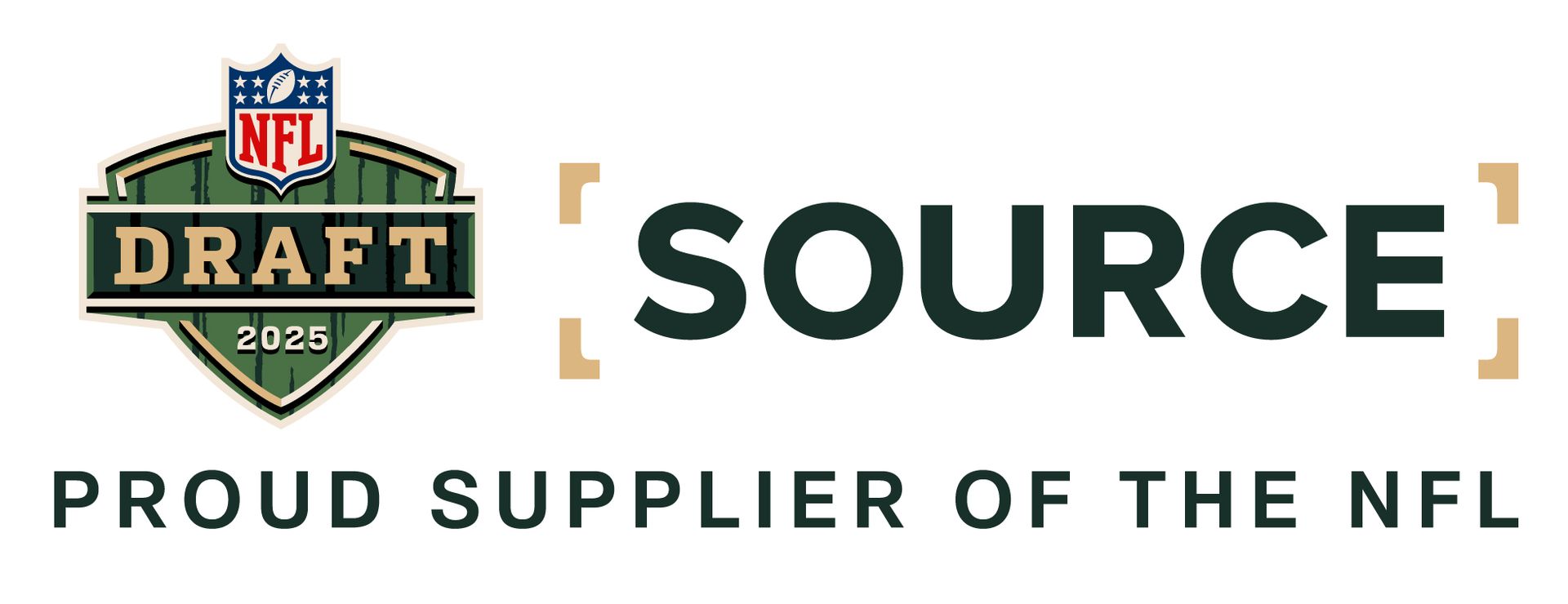How Being a TV News Reporter Prepared Me For the Freelance Videography World
If you don't already know this about me by now, I was a TV news reporter for about 6 years before making the transition to videographer and entrepreneur, running my own storytelling business.
To the rest of the world, I was what you commonly know as a news reporter. In the news world, I'm what's called an MMJ -- or multi-media journalist. That means I did everything from start to finish. That final story you see on TV? That's only a couple minutes of my day.
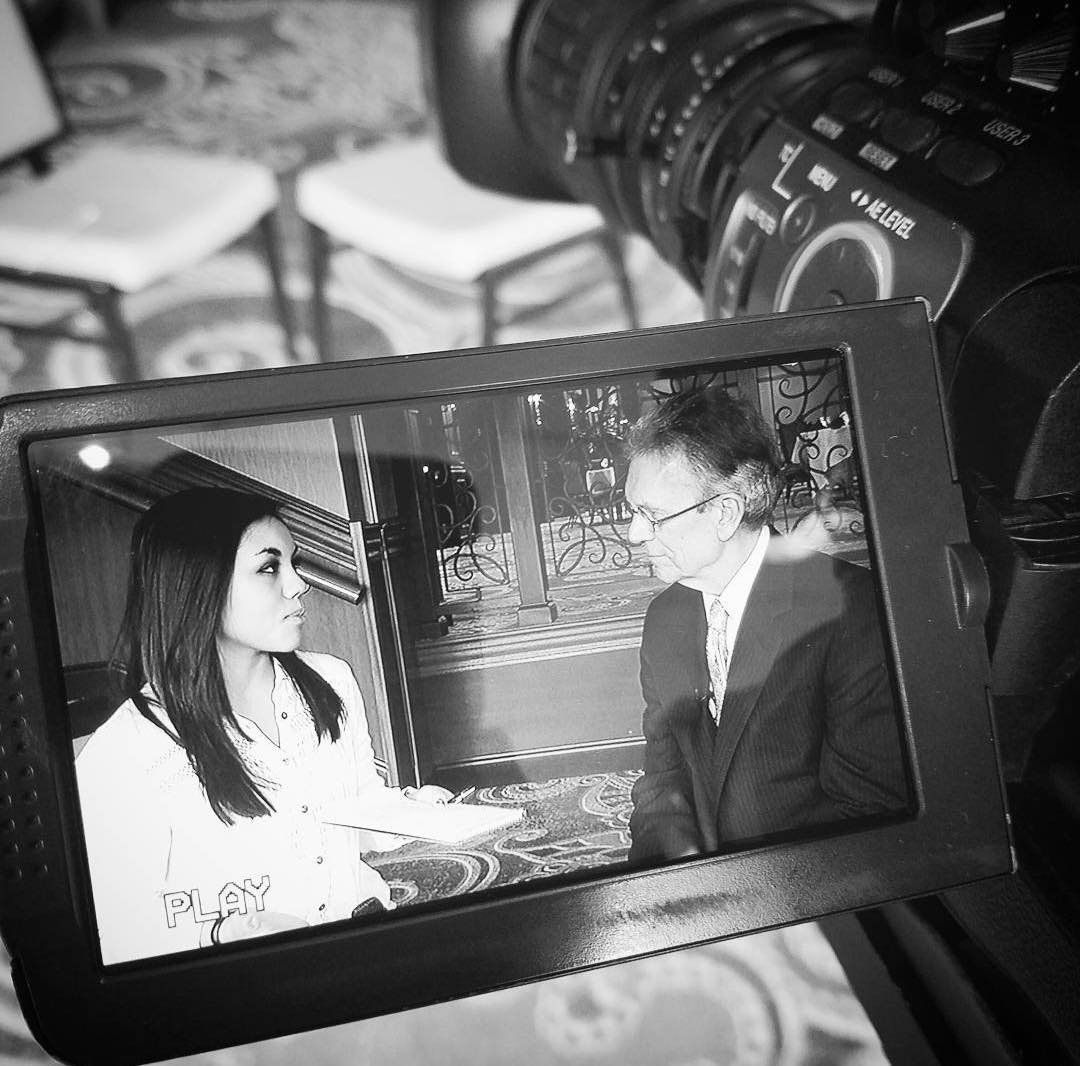
From finding the story ideas, setting up interviews, filming the interviews and footage, editing it all together, presenting it live on TV and then writing up the online article for the website, it was a full 8-12 hour shift.
All on deadline. This same process. Every day.
Being able to be both in front of the camera and behind the camera gave me incredible insight into what it takes to put a story together. Being in full creative control of the soundbites I got, framing each shot, deciding how the story would be pieced together -- all of it made me a better storyteller, interviewer and editor.
ALSO-- because I was doing everything on my own, it prepared me so well for becoming a solopreneur --- but my path is now, in some ways, a little easier because I'm not on anyone else's deadline except for my own.
Being able to do it all in such a short amount of time in news gave me real life experience to be able to do it seamlessly as a solo business owner.

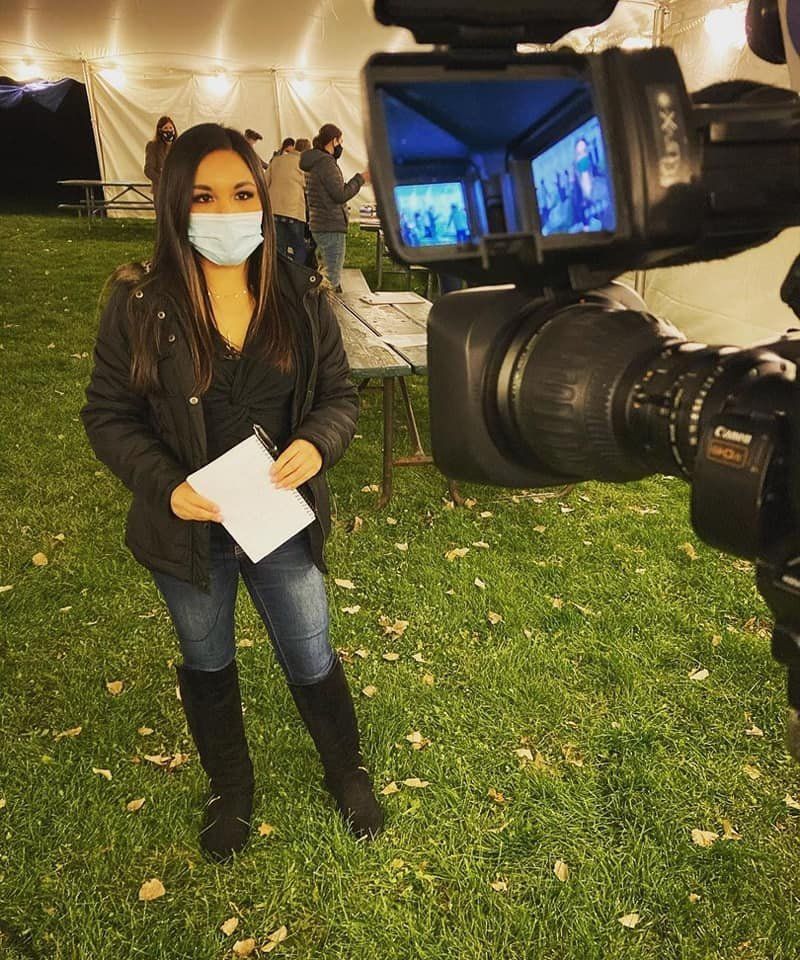
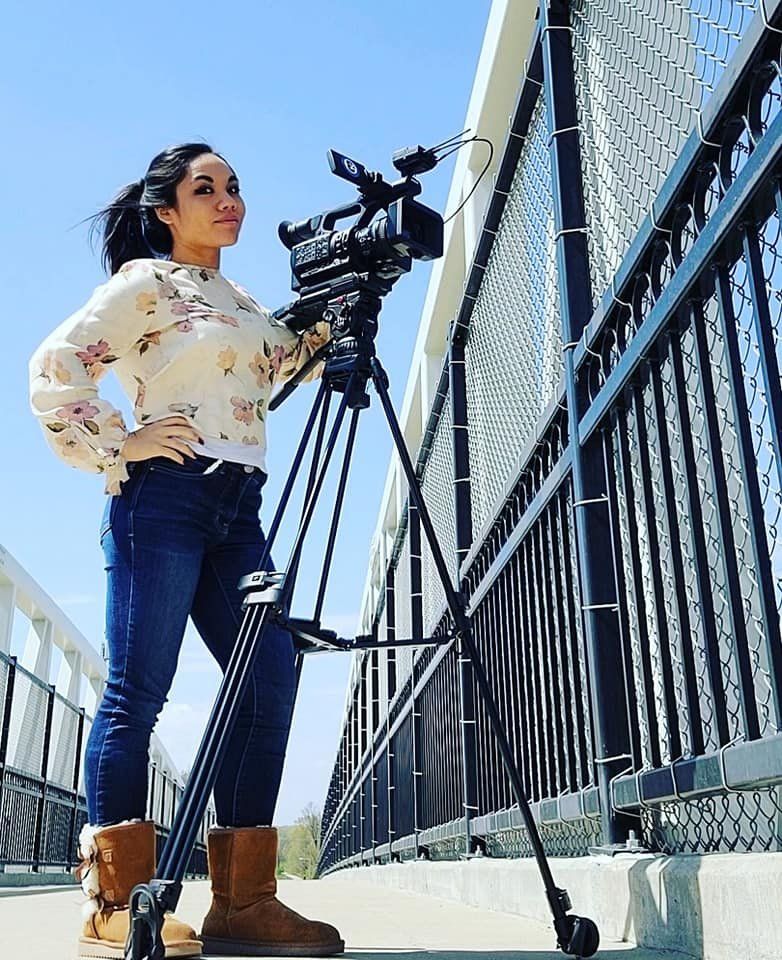

Thinking of all the right questions to ask and knowing how to creatively put a story together gave me a leg up on some other videographers out there who may not have had the experience to do it all as a one-person show.
People ask me do I miss being on TV or do I miss the news. The honest answer?
No.
I never went into TV news because I wanted to be on camera. I did it because I loved the element of storytelling and the platform it provided to make a difference. And I still get to do that now. I may not have the following that a news station might have, but I still get to do what I love and on my own terms.
I very much value the skills and knowledge I was able to absorb in news. And had it not been for my time spent in news, I wouldn't be where I am today. I'm so grateful that I took that path, but I'm even more grateful to be on the path I'm on now.
